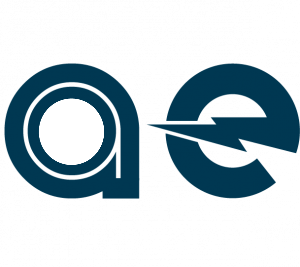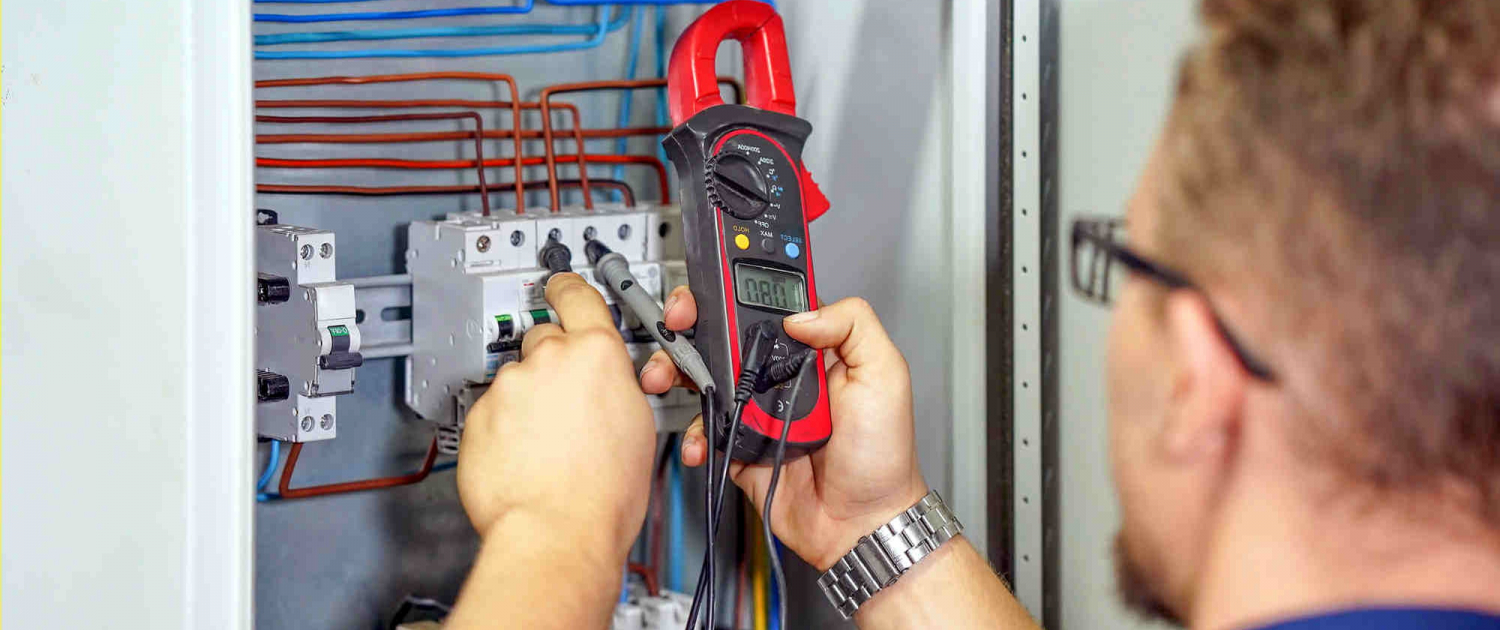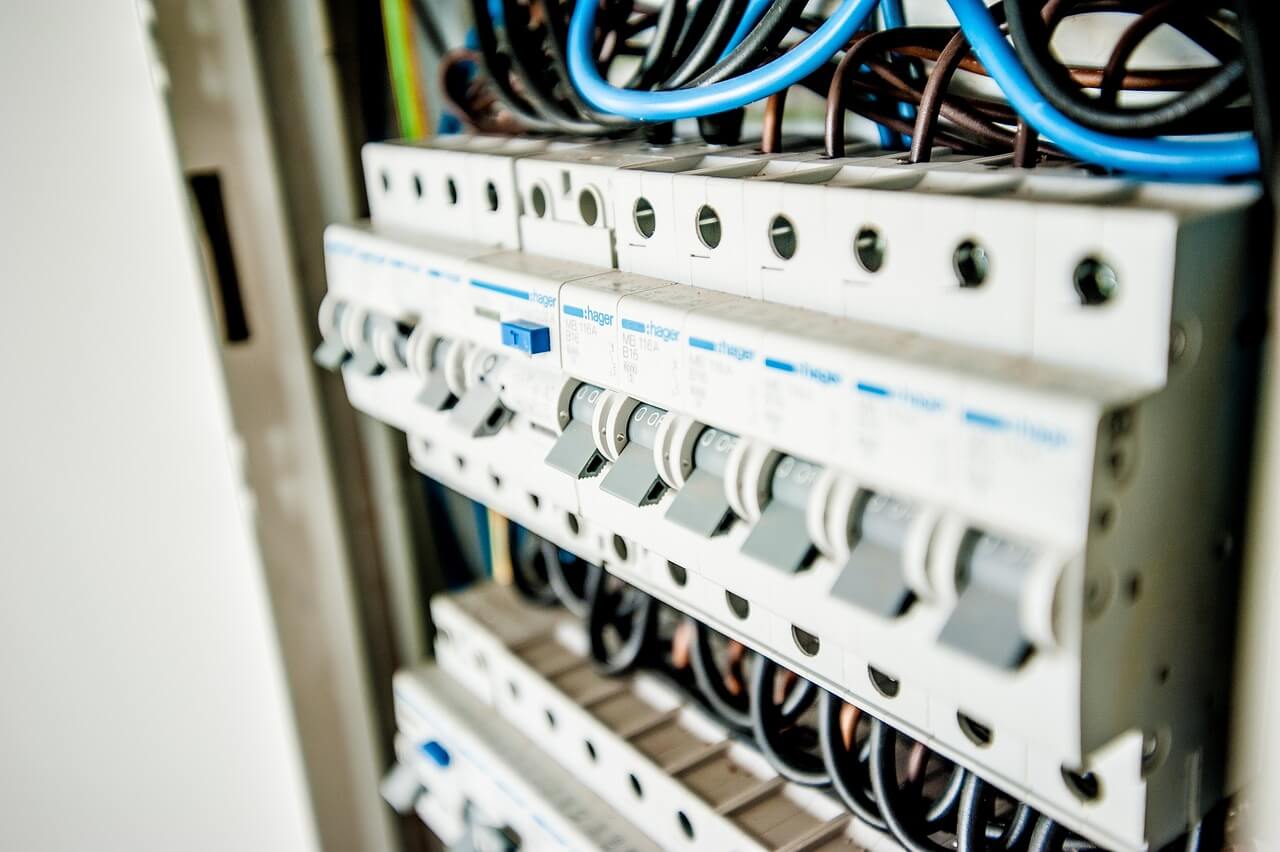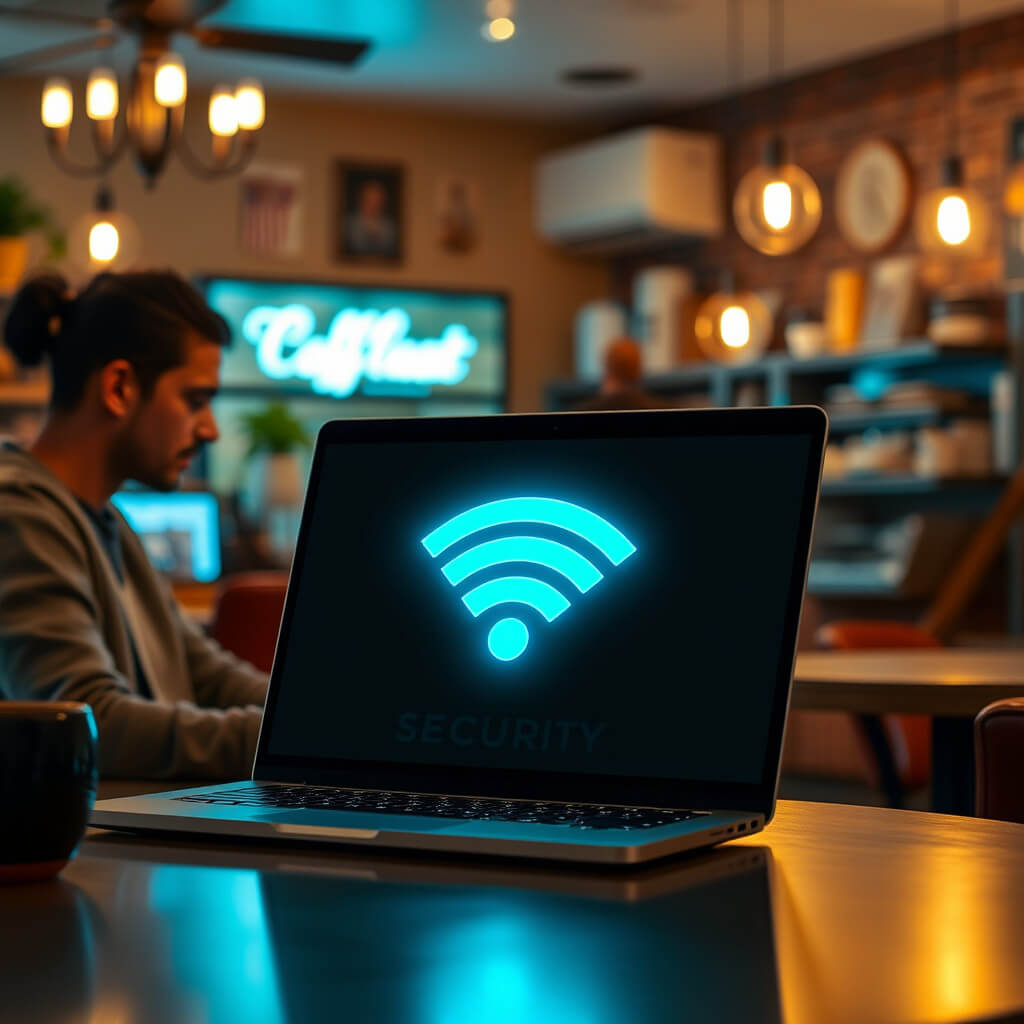· 3 min read
EICR Codes Explained
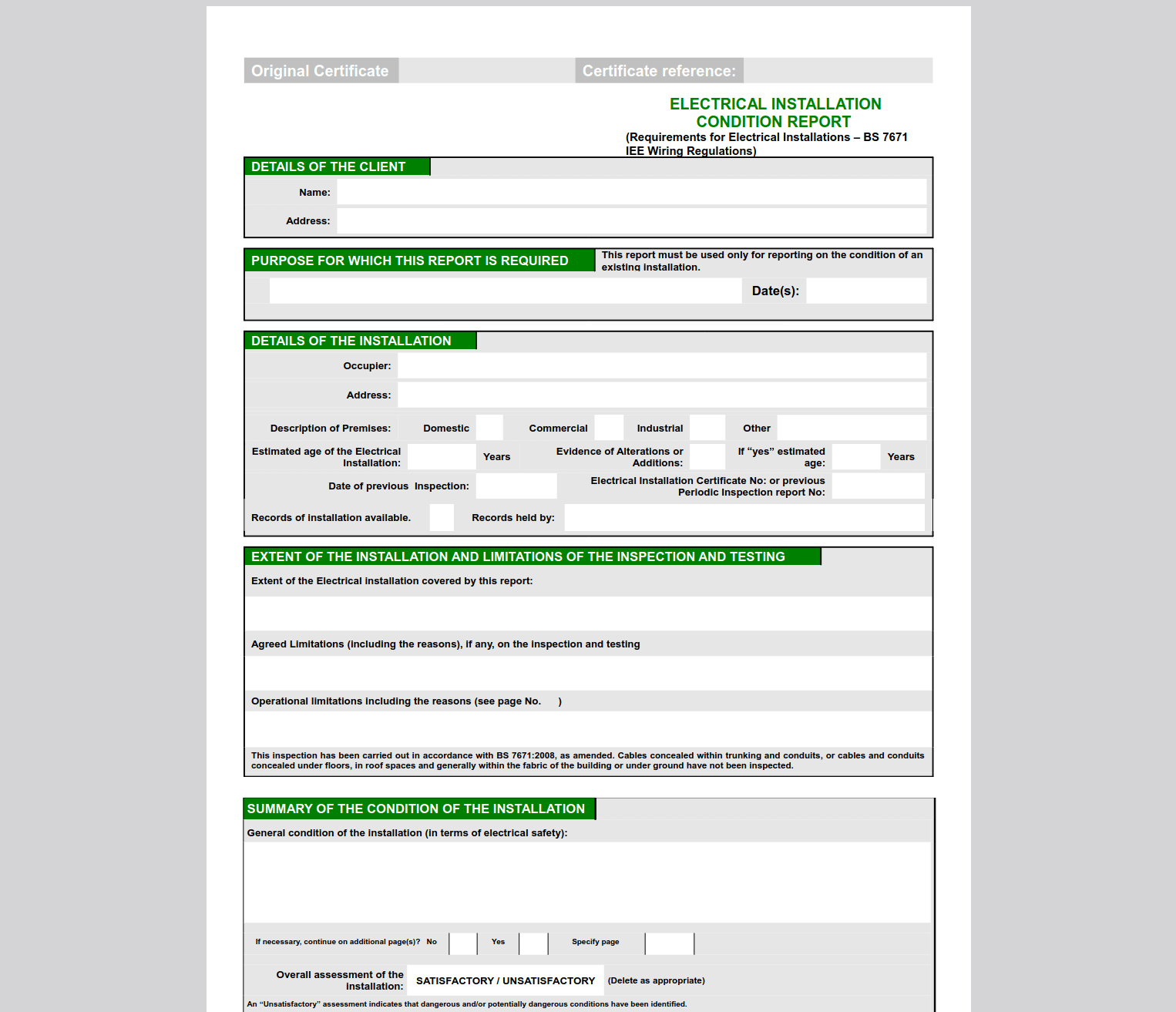
Have you recently had an EICR (Electrical Installation Condition Report) and are a bit unsure of the codes written?
Any defects will have been assigned codes of severity of whether an electrical installation is deemed safe for continued use by an electrician.
Here’s the 4 codes, and what they mean:
⚠️ C1: Danger Present
“Risk of injury. Immediate remedial action required.”
A C1 indicates a clear and present danger to people using or in the vicinity of the installation, and should be either rectified or made safe (by re-wiring the electrics, safe isolation or disconnection) as soon as possible. A qualified competent person has a duty to either lock off or turn the affected circuit off until the issue or the danger to life is no longer present.
⚠️ C2: Potentially Dangerous
“Urgent remedial action required.”
A C2, while not as severe and immediate as a C1, could likely turn into a C1 in the future. They require work, as if left unchecked, will eventually present a danger of injury or electrocution. While instant action isn’t as required as C1, they are a very real concern and should be address as soon as possible. Having a C2 on your report will advise the installation is not safe.
ℹ️ FI: Further Investigation
“Further investigation required without delay”
Certain restraints, such as access, time of day, scope of testing may not have covered the item - but due to being spotted, it’s advised a qualified contractor investigate the issue further.
ℹ️ C3: Improvement Recommended
“Not required but improvement works advised”
A C3 is a recorded item could be something doesn’t comply with the latest regulations, or is bad practice, but isn’t posing an immediate danger. The recommendation is that they could be fixed, but they are not compulsory to issue a signed off EICR that has been deemed ‘satisfactory’.
❓ What Do They Mean?
If your EICR contains C1 or C2 its going to require works to be undertaken in order to be compliant with latest regulations. An FI code for further investigation may not be a fail, for example some parts may have been unable to be tested due to temporary restrictions.
C3 codes are recommended to be rectified, but aren’t absolutely required immediately to be up to safety standards - its good practice if they can be easily and quickly fixed, for the remedial works to be done as the report is being carried out.
⏱️ How Urgent Are They?
EICR’s are vital for not only any insurance claims, but in the event a tragedy occurs - someone receives a shock or a fire breaks out in your building due to a faulty consumer unit - then a court or inquest will definitely need to see the Electrical Installation Condition Report to address any concerns they have. If you are a homeowner, address C1 and C2 for the safety of yourself and family. If you are a landlord, you are required to address these problems for your tenants.
You are not obligated to use the same company for the repairs that carried out the EICR initially, and you don’t have to carry out another EICR after the repairs, but you should receive a certificate from the contractor for the complete remedial works.
